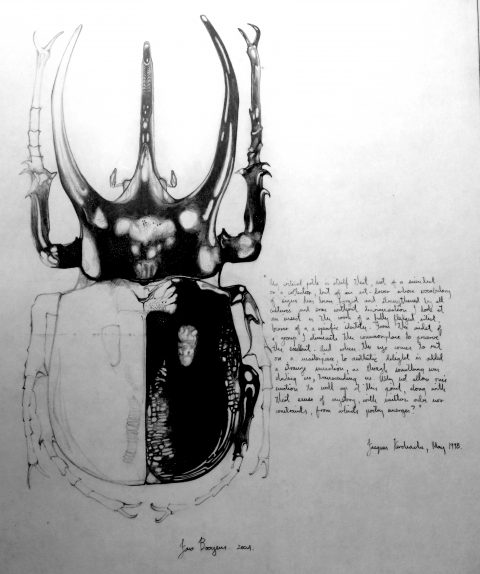Arch SA
Monuments Of Transformation
Although the country has invested heavily in national memorials and provincial capitol buildings since the end of apartheid in 1994, all the monuments are silent idols that only come alive in the voices of the people when they participate in the democratic process. The objects built to commemorate the end of apartheid are not just monuments, they are the mirrors in which South Africans see themselves, reflect on their past experiences, and the tableaus for inscribing the epigrams of the traumatic journeys the country travelled until 1994. The monuments are also the beacons of hope for a greater future for all citizens, and the citadels of resilience in the pursuit of self-actualisation.
Seeing what is going on around Africa, all the calls for change in South Africa by peaceful and democratic procedures, are welcome and refreshing. Whether we use “Rhodes Must Fall”, “Fees Must Fall”, or “Decolonisation of Higher Education” as the criteria for ushering in national progress and stability, South Africans have performed better than the citizens of all the countries that have experienced revolutions.
South Africa has maintained a democratic culture with freedom of expression since 1994. The myriad of movements in South Africa in recent years follow the trends of the larger global experiences which include the dismal Arab Spring that saw the fragmentation of several states (Libya, Syria, and Yemen) and the rise of an autocratic government in Egypt.
The Arab Spring ricocheted into the “Occupy Wall Street” in 2011, and subsequently inspired protests in many public squares in the cities around the world between 2011 and 2013. What monuments would Algerians, Egyptians, Libyans, Syrians, and Yemeni people build to memorialise their struggles when peace returns? Seen in this perspective, the recent movements in South Africa are rekindling the peaceful democratic journey that began in 1994. The end of apartheid in 1994 was not in isolation. It came down after several decades of contentious and bloody struggles before the global events of the late 1980s gave it a final push. When the Berlin Wall and the Soviet Union fell in 1989 and 1991 respectively, apartheid also fell. But the most consequential event that has shaped the way we live and travel around the world is 9/11 (2001). Al-Qaeda forced security agencies and leaders around the world to rethink old ways of national security in public spaces.
We are living in a post-Iranian Revolution World that gave impetus to groups that were once on the margins of their respective societies, but now aspire to build their own state at all cost and without regard to lives. Al-Qaeda, ISIS, and Boko Haram are among them. But South Africans are eschewing these violent paths.
One of the most contentious questions facing many countries, old and the recently independent ones, is whether people of different races, customs, religions, and philosophical traditions should live together as citizens of the same nation?
Scotland held a referendum in 2014 to gain independence from the UK. These two great cultures formed the UK from about 1707 but are still in doubt whether or not they should continue to exist as one country. The mostly French-speaking region of Quebec in Canada held referenda in 1980 and 1995 for secession. Both attempts failed. Despite the fact that the American Civil War ended in 1865, the removal of four Confederate Leaders’ Statues from public squares in the City of New Orleans, Louisiana, in 2017 were met with protests from those who favoured keeping the objects and those who advocated their exclusion from the public squares in the city.
But Despite all the problems plaguing the country, South Africans have risen above these extreme nationalist tendencies. There has been no referendum to break up South Africa, instead monuments that embrace diversity sprang up around the country. In Algeria the Martyrs’ Monument could not hold the country together when crisis broke out in 1991. It is the people who hold the country together in South Africa amidst all its social challenges. For that reason, the people of South Africa are the monuments that will endure forever and take the country to a greater, prosperous, democratic society.





 Sign-up and receive the Business Media MAGS newsletter OR SA Mining newsletter straight to your inbox.
Sign-up and receive the Business Media MAGS newsletter OR SA Mining newsletter straight to your inbox.